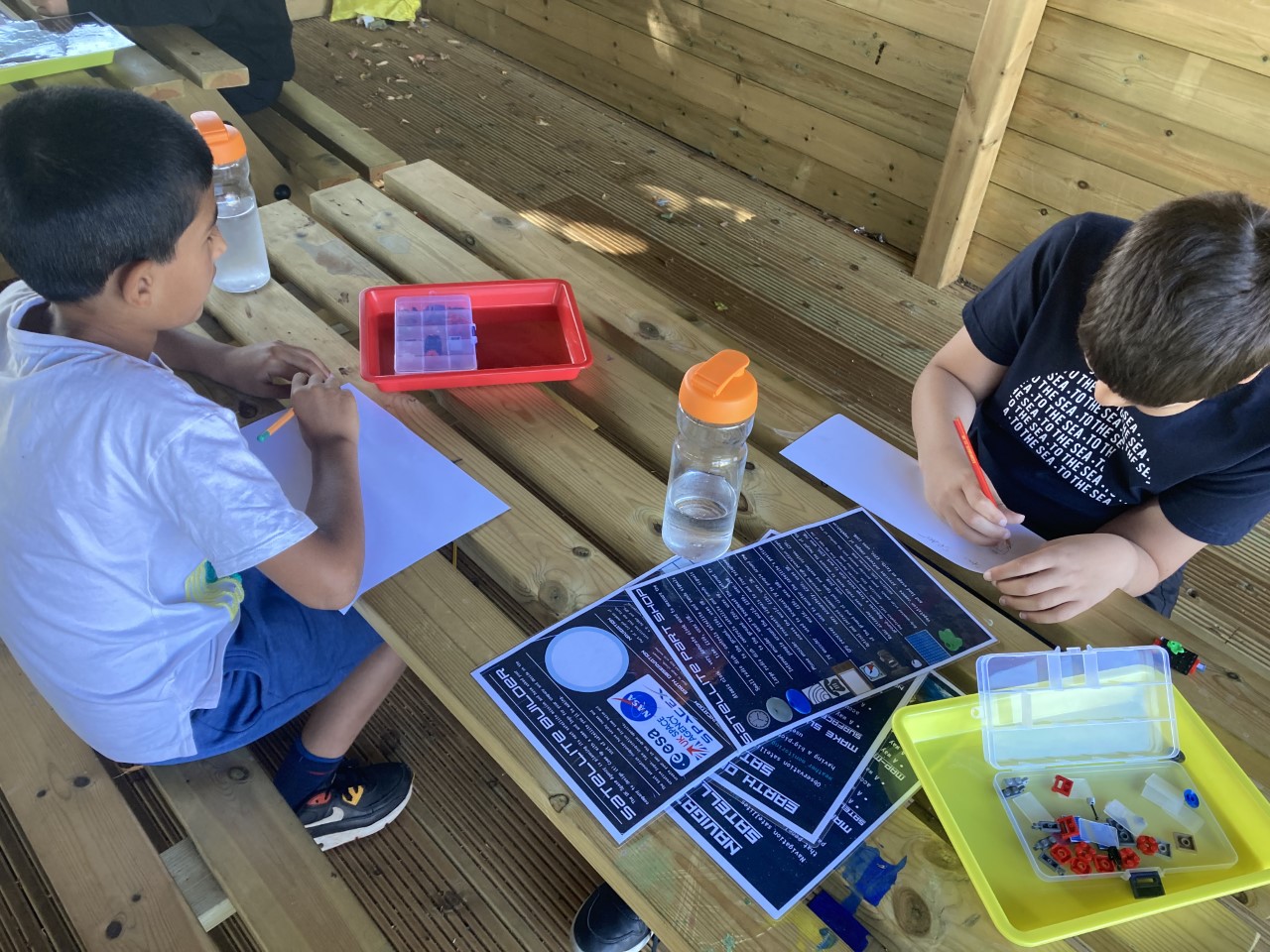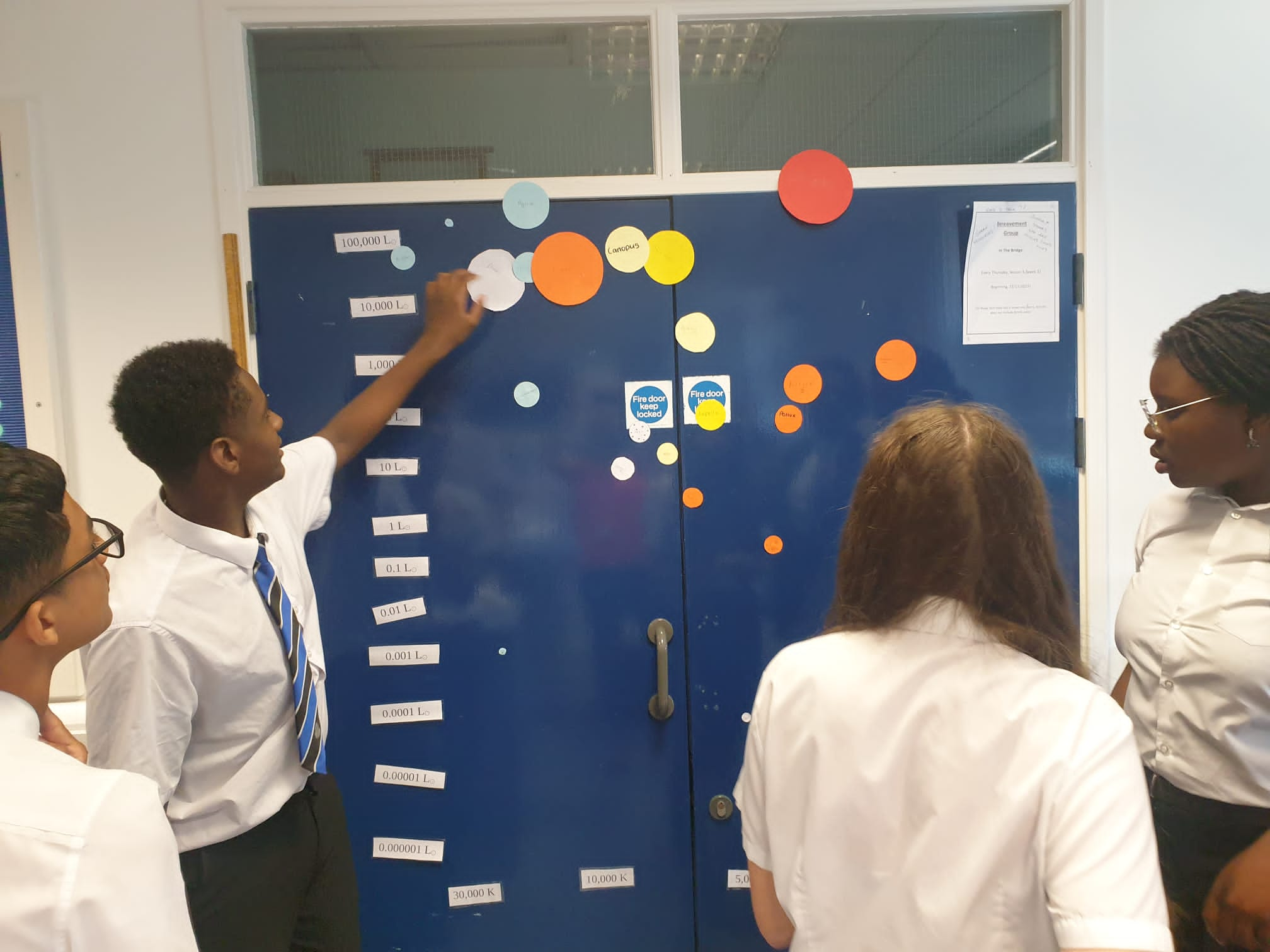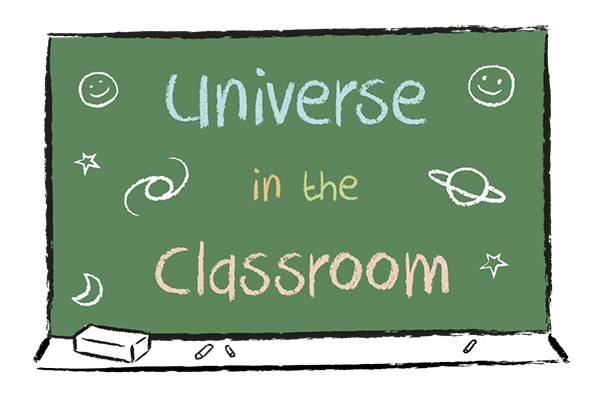Here at Cardiff University, School of Physics and Astronomy, we strive to improve relations between ourself and schools by offering talks on recent interesting scientific research on Physics and Astronomy and on more familiar material of general interest. In partnership with Las Cumbres Observatory, science made simple, STFC, and others, we have produced some innovative educational tools including hand-on activities, interactive shows and e-learning environments for the classroom.
Use the links below to find searchable and filterable lists below
Physics GCSE Specified Practical Videos
A recent (at time of production) video list that we have put together to help teachers new to teaching physics, familiarise themselves with each of the WJEC Physics specified practicals. There are lots of videos out there but these are ones we thought you may find useful.













